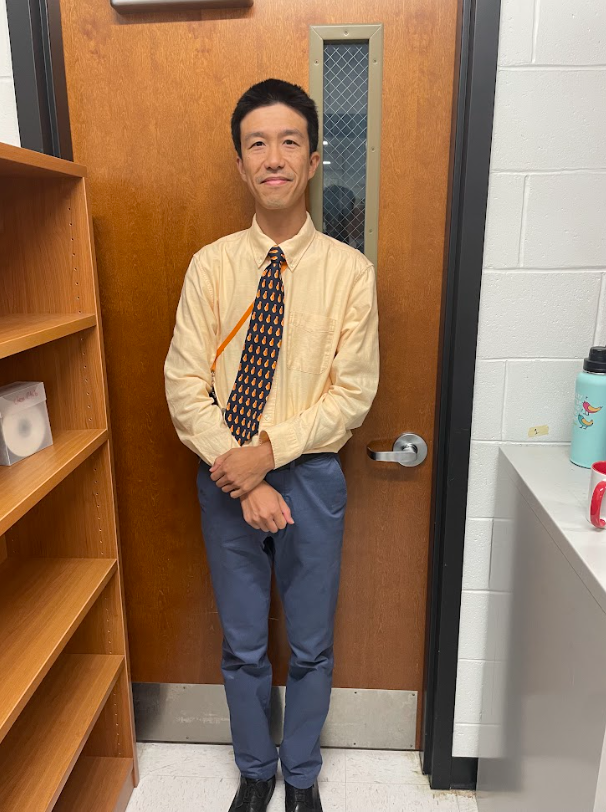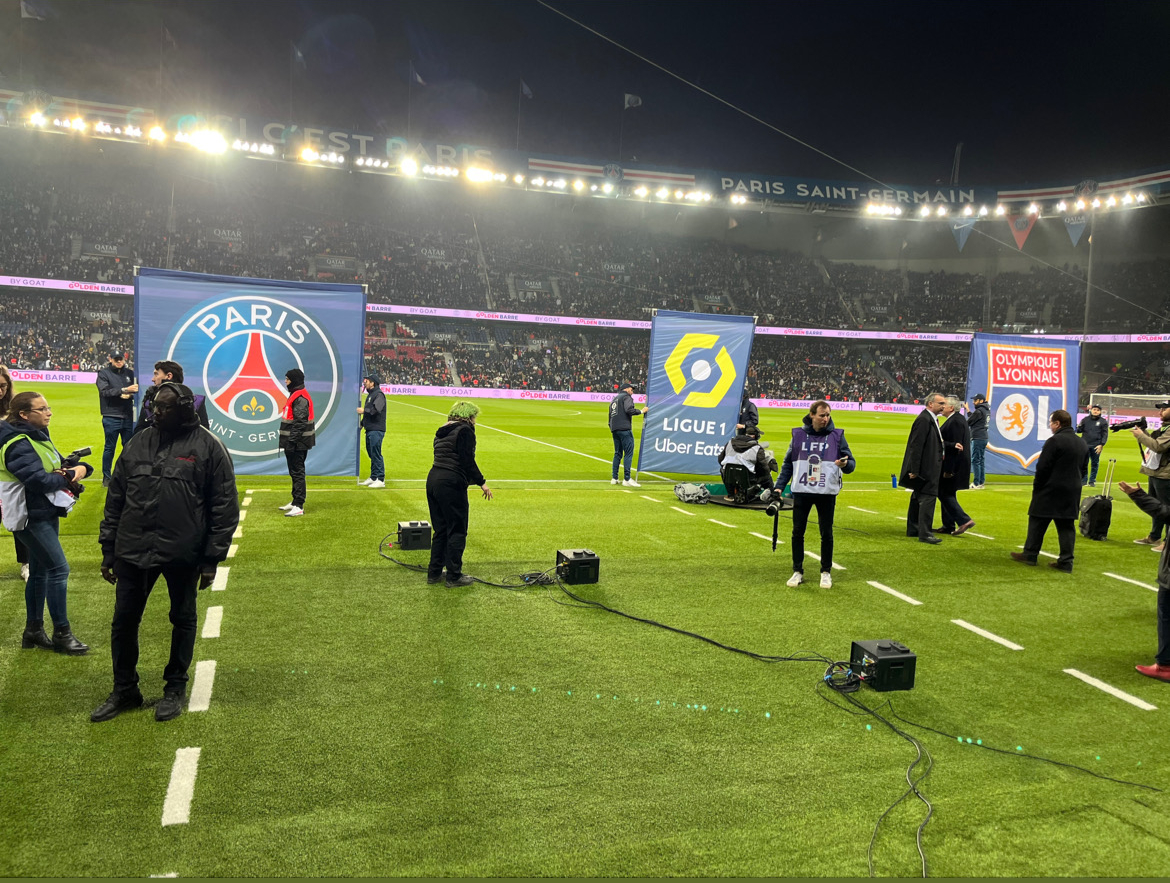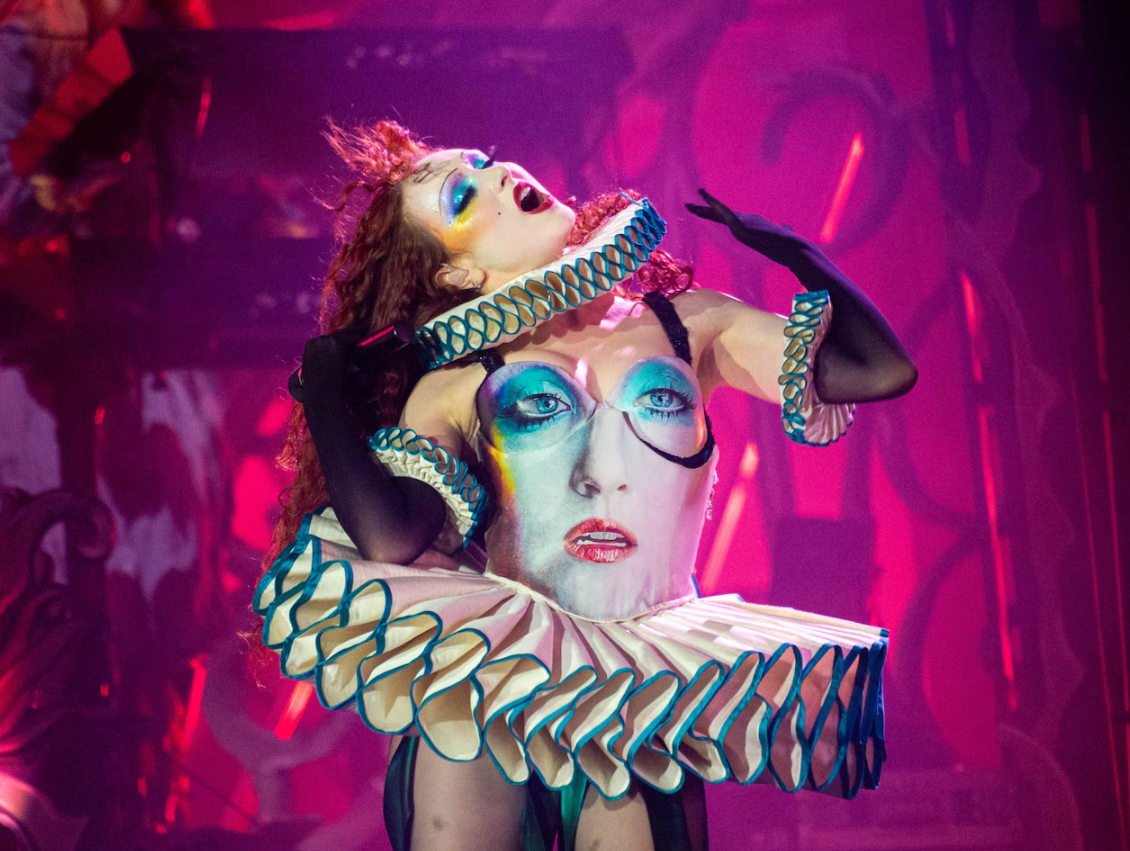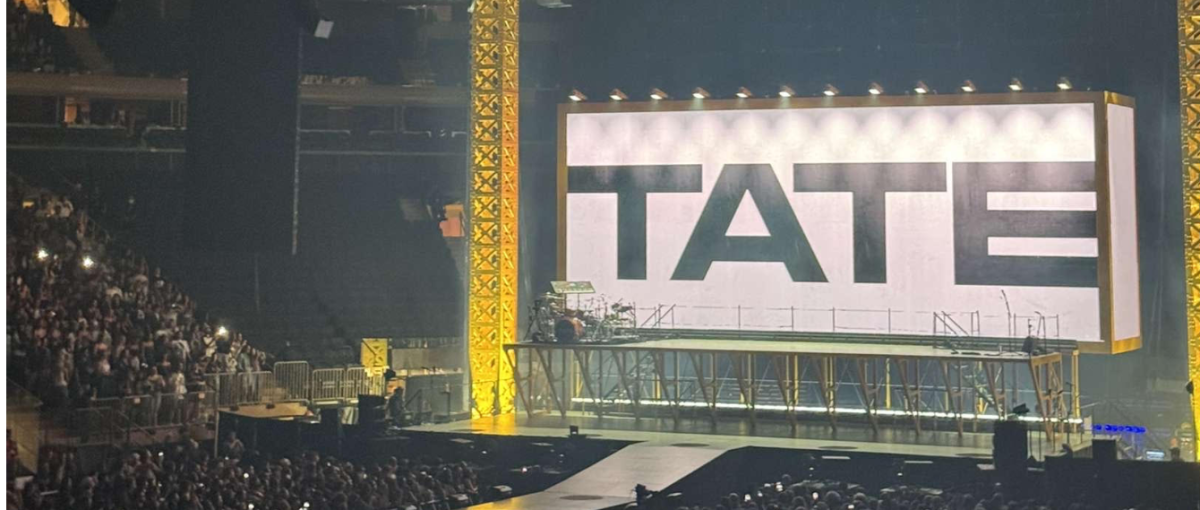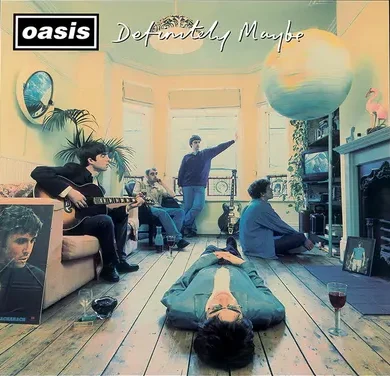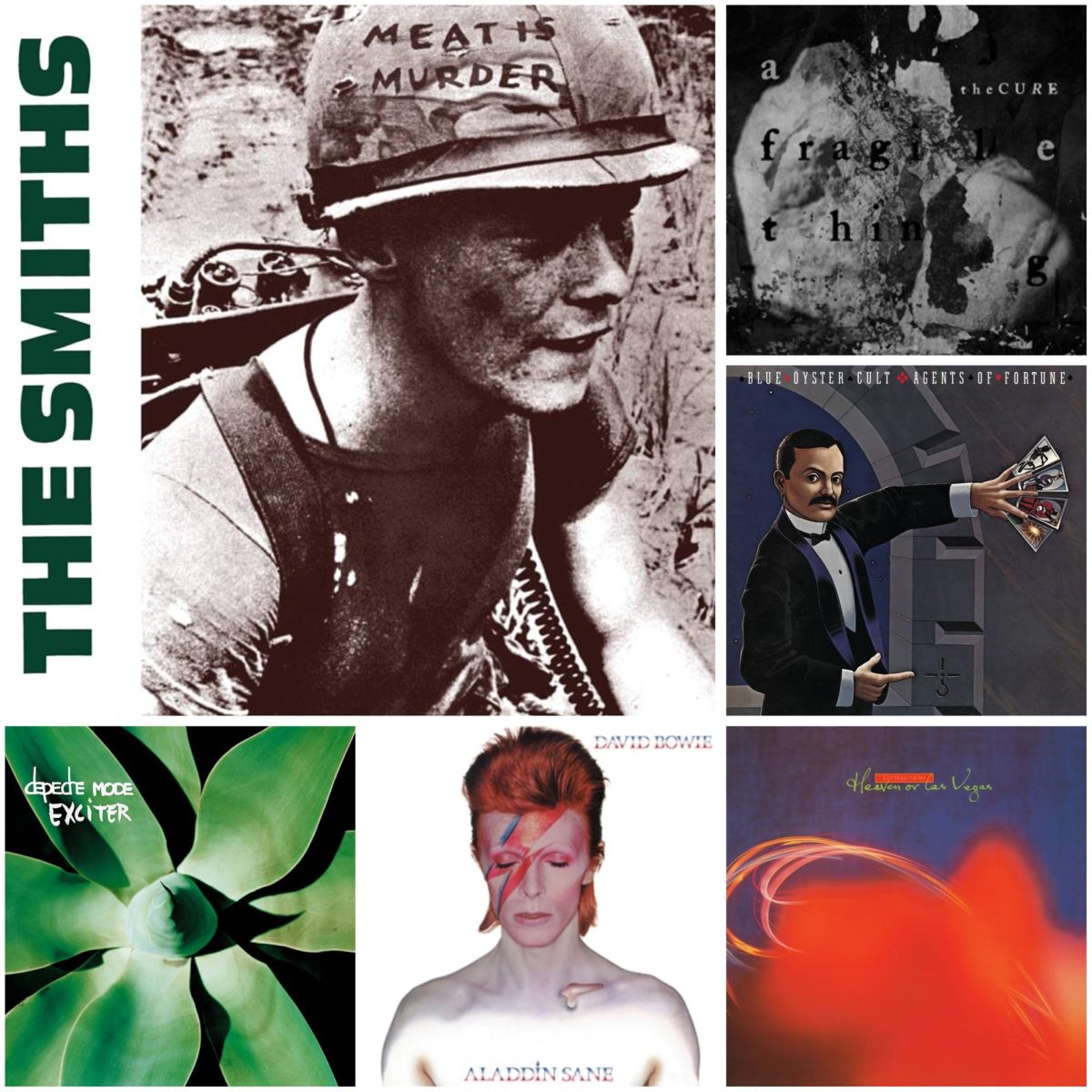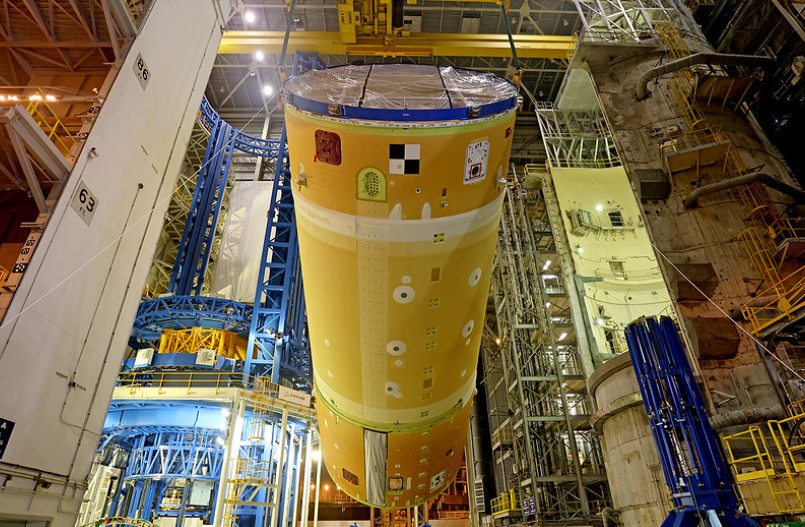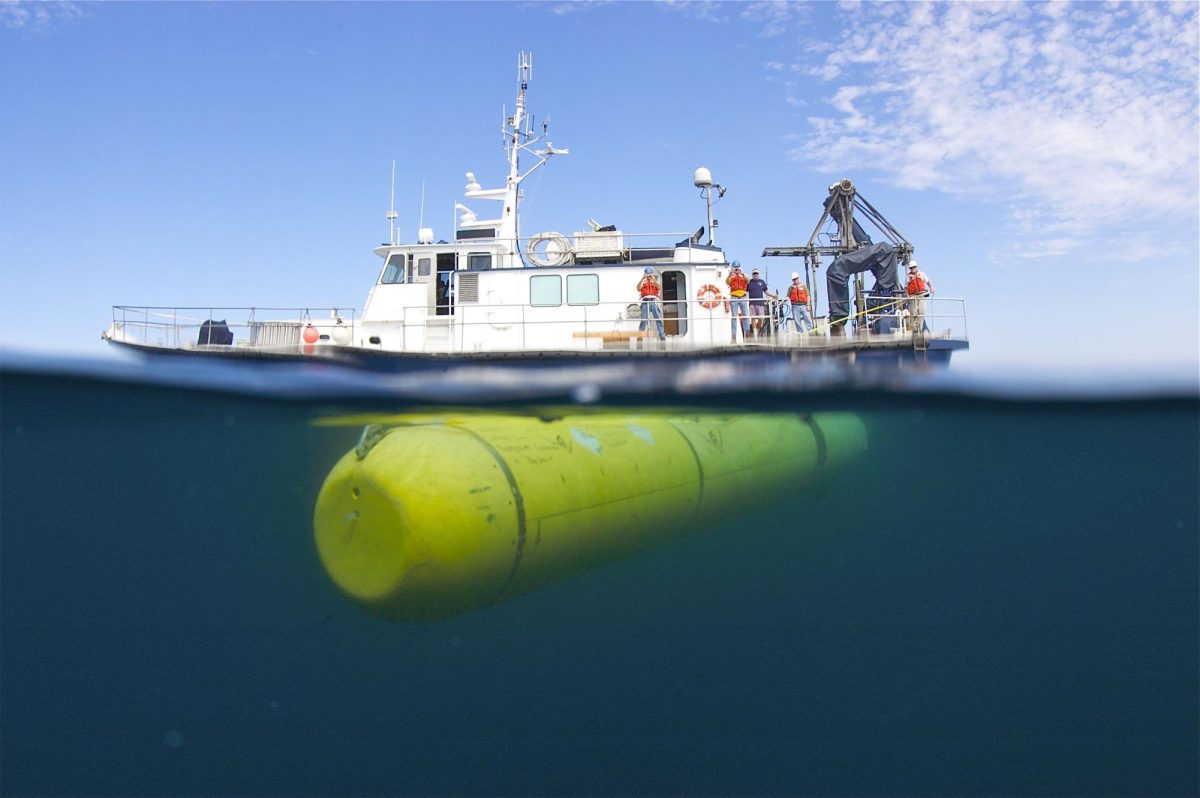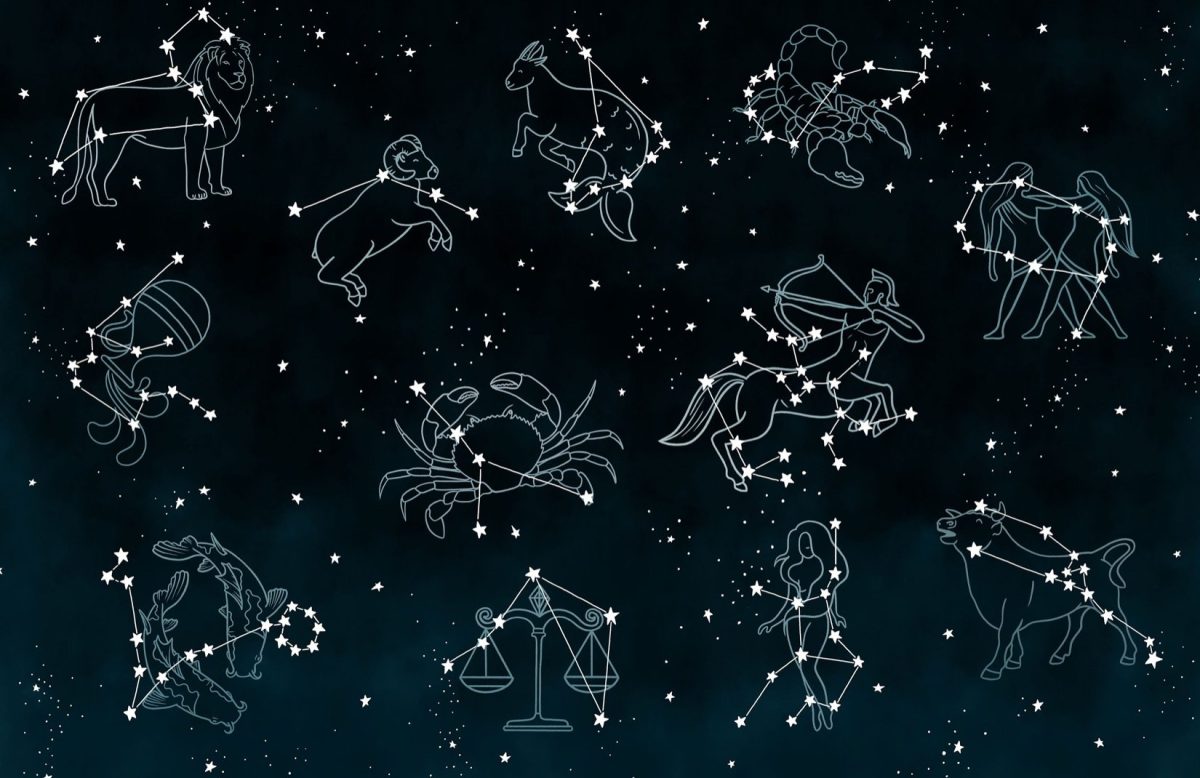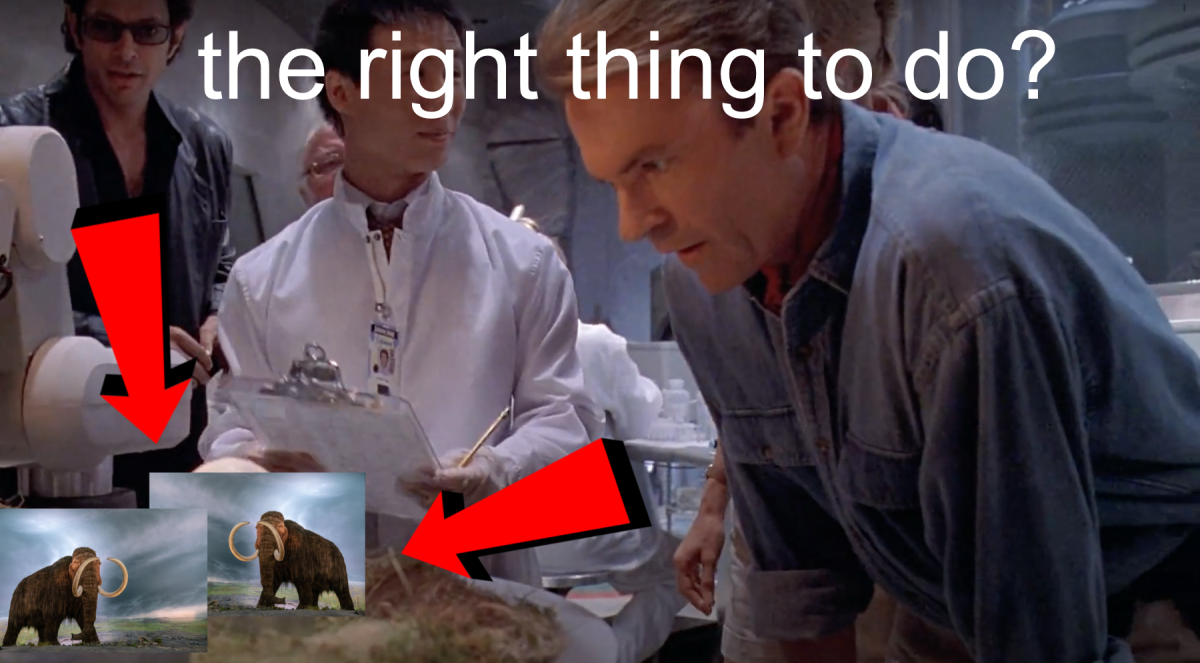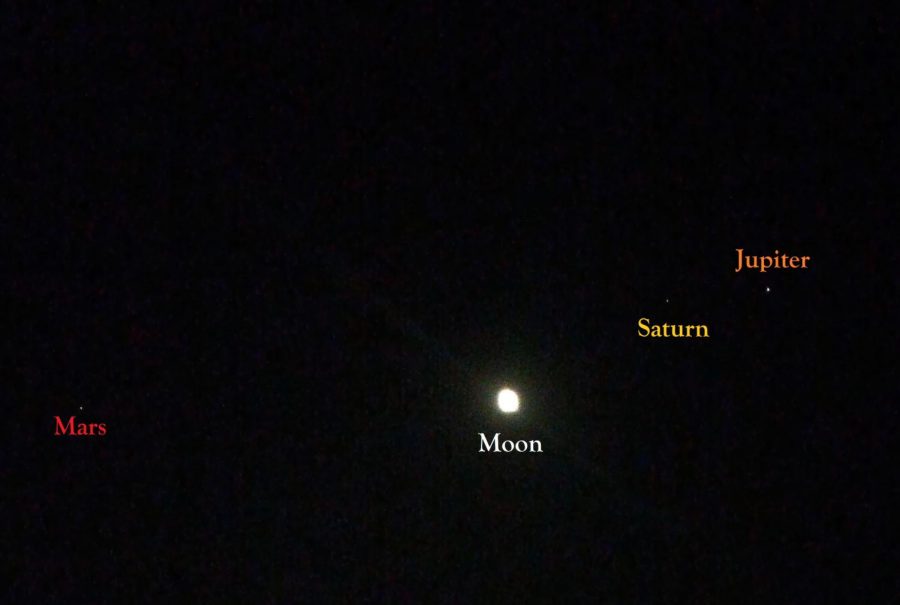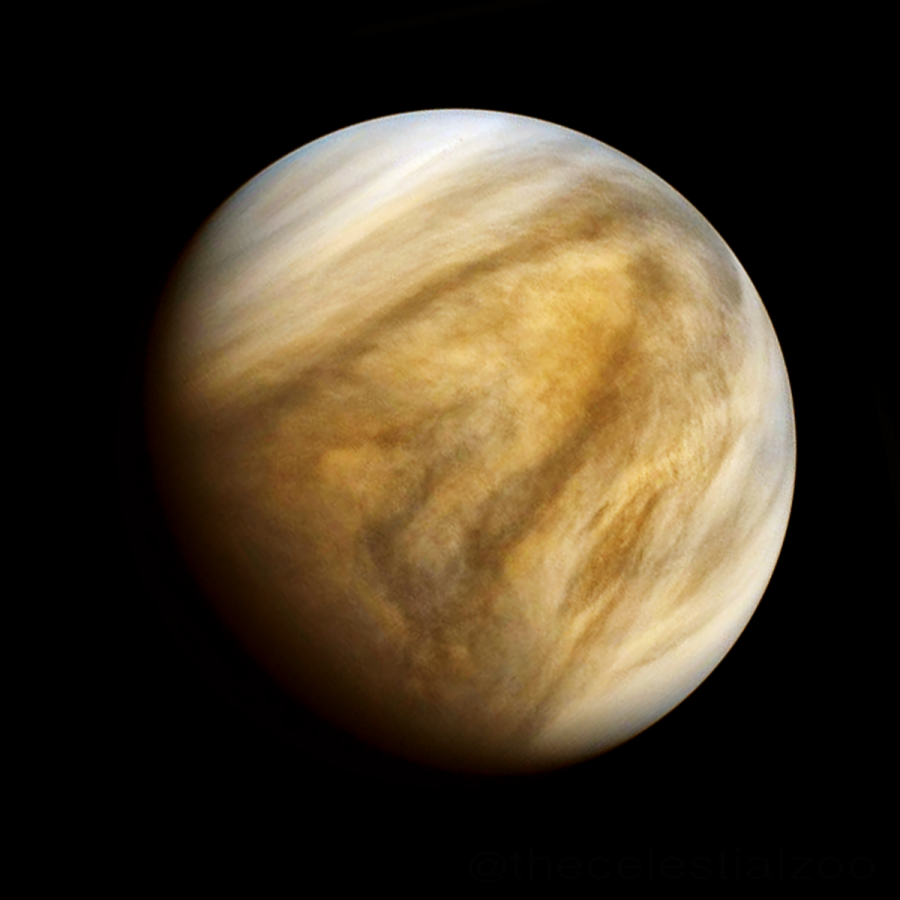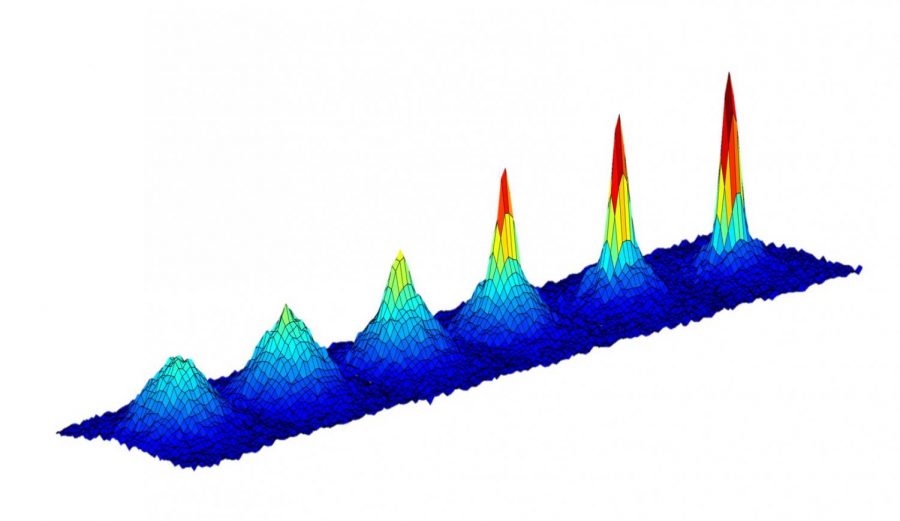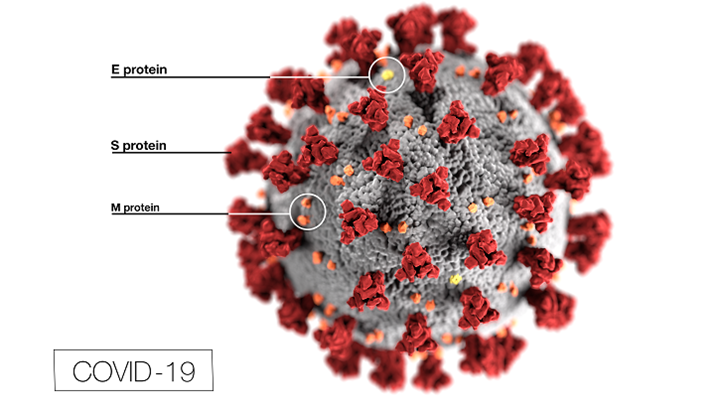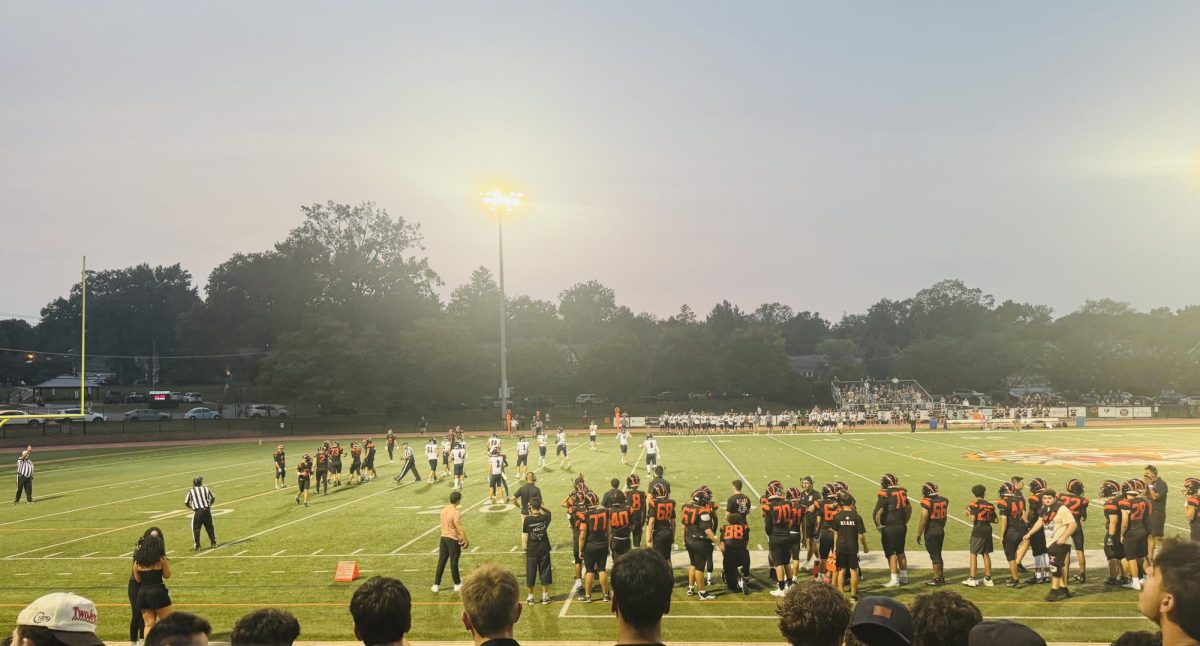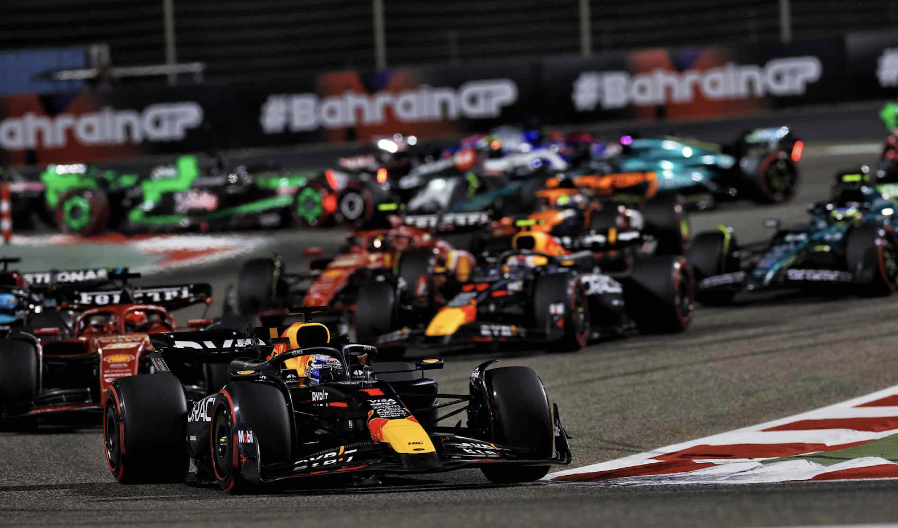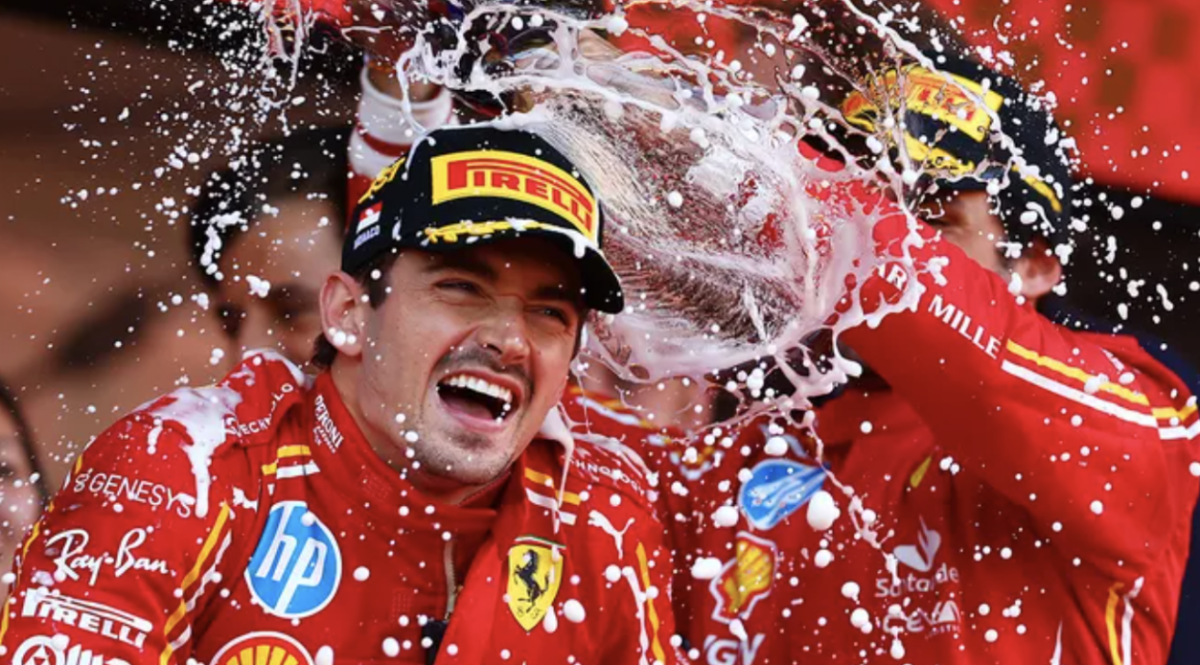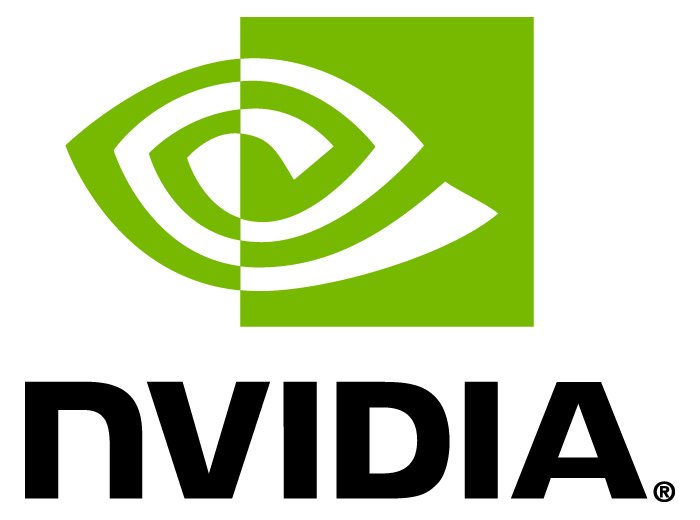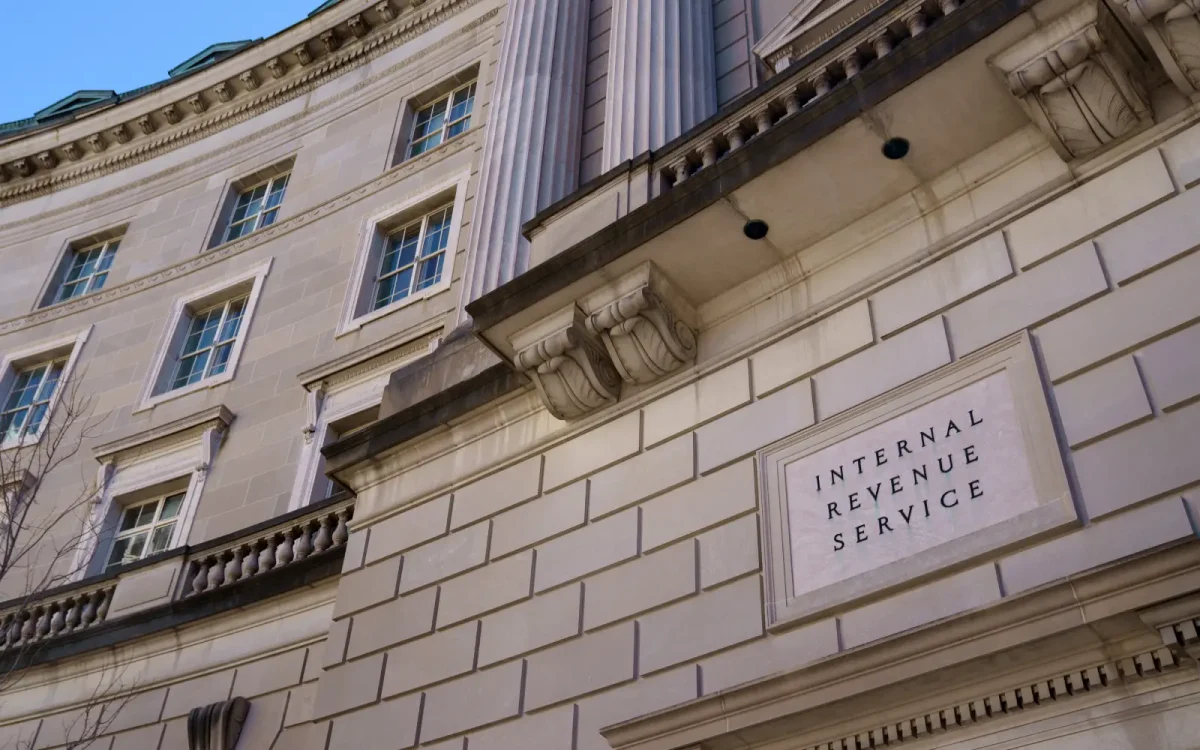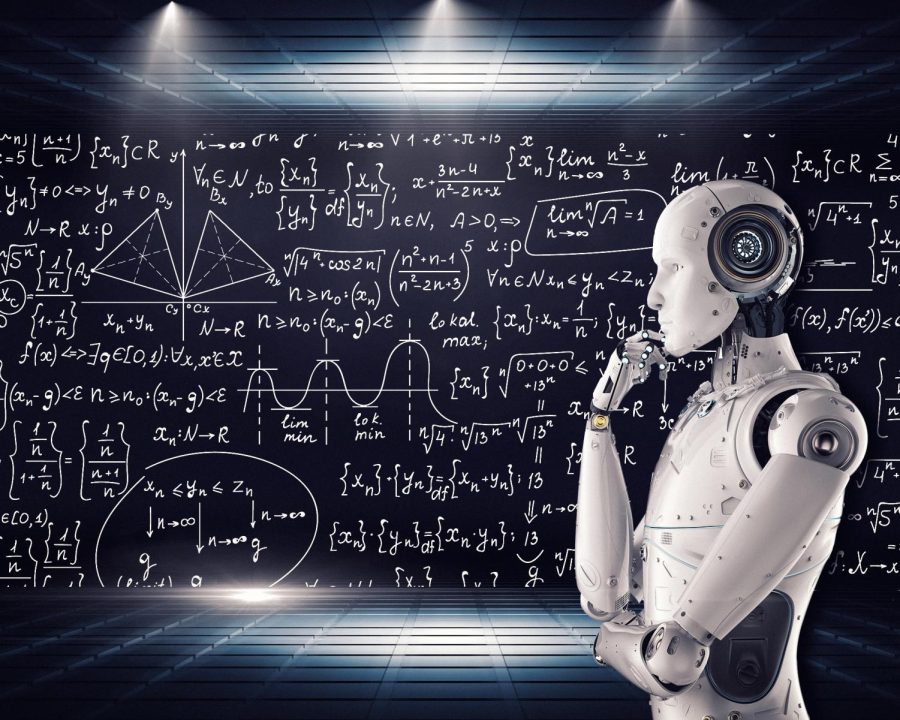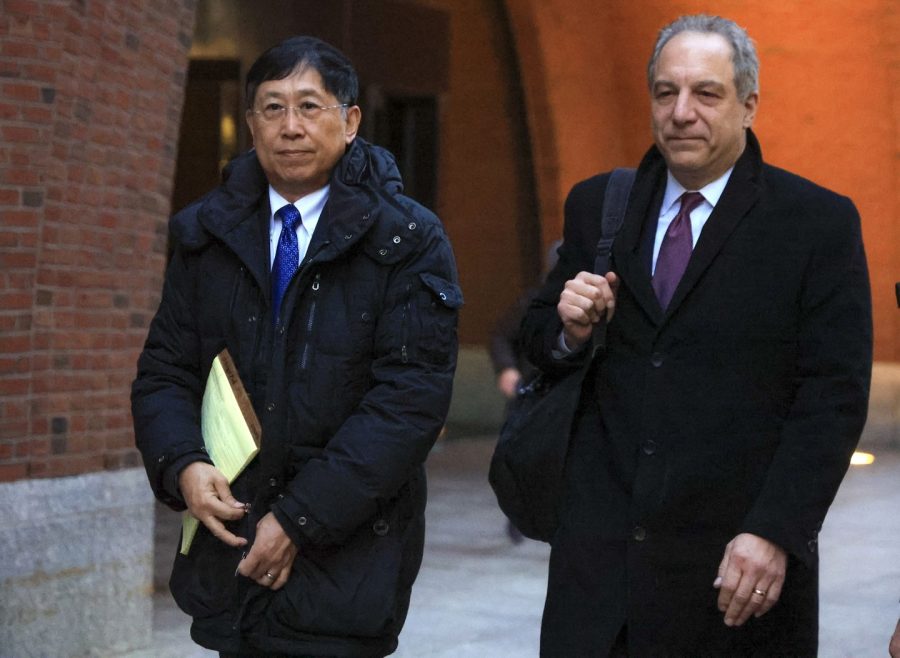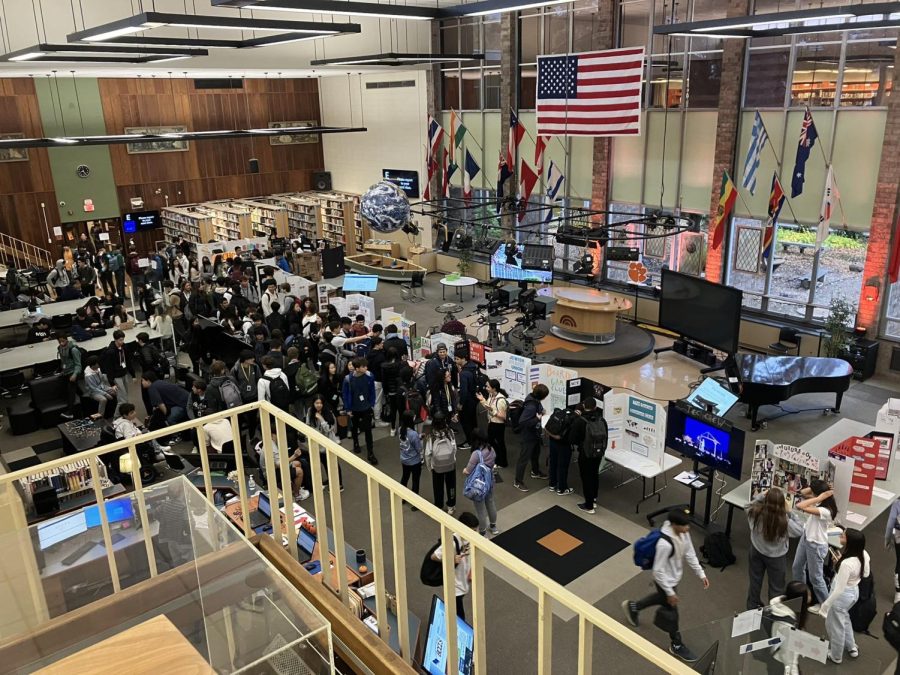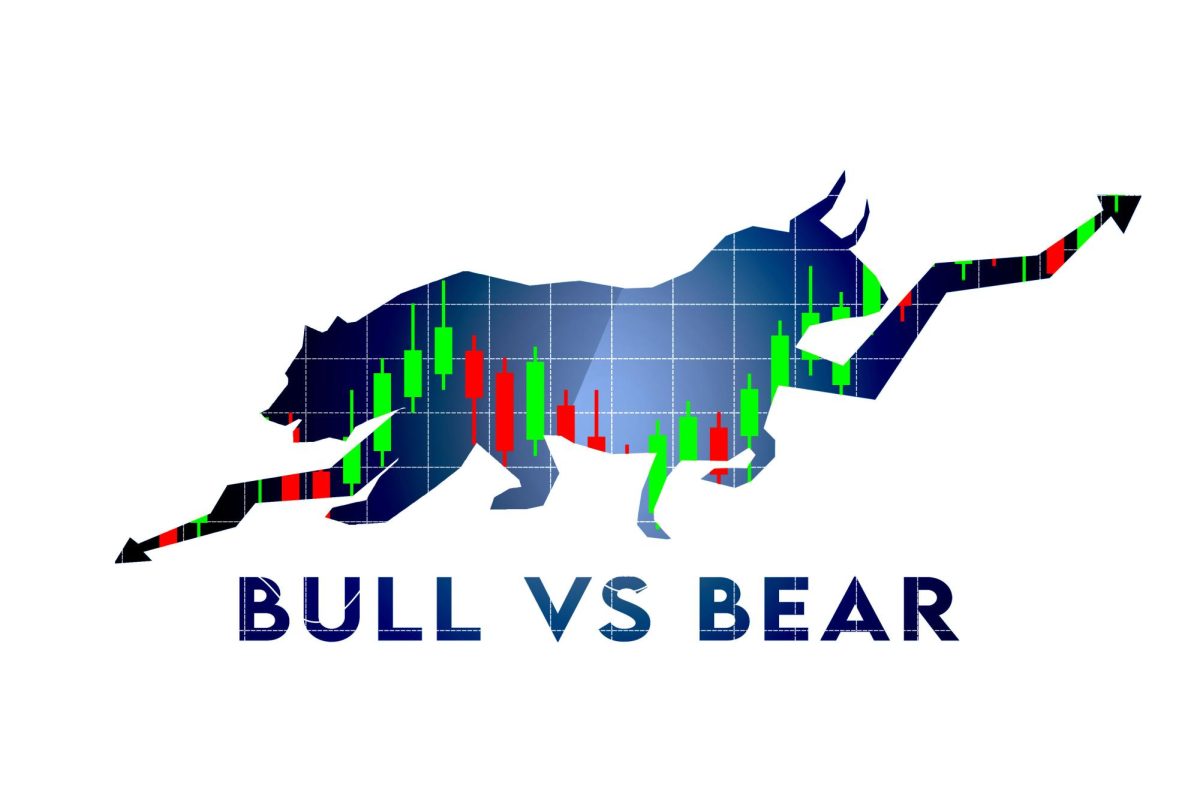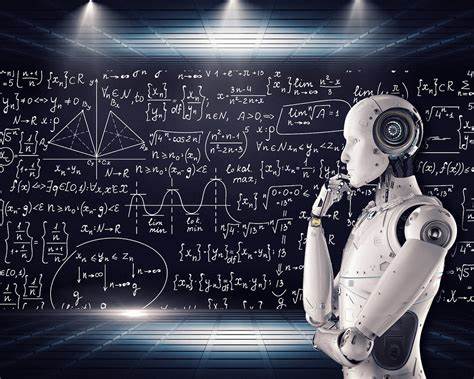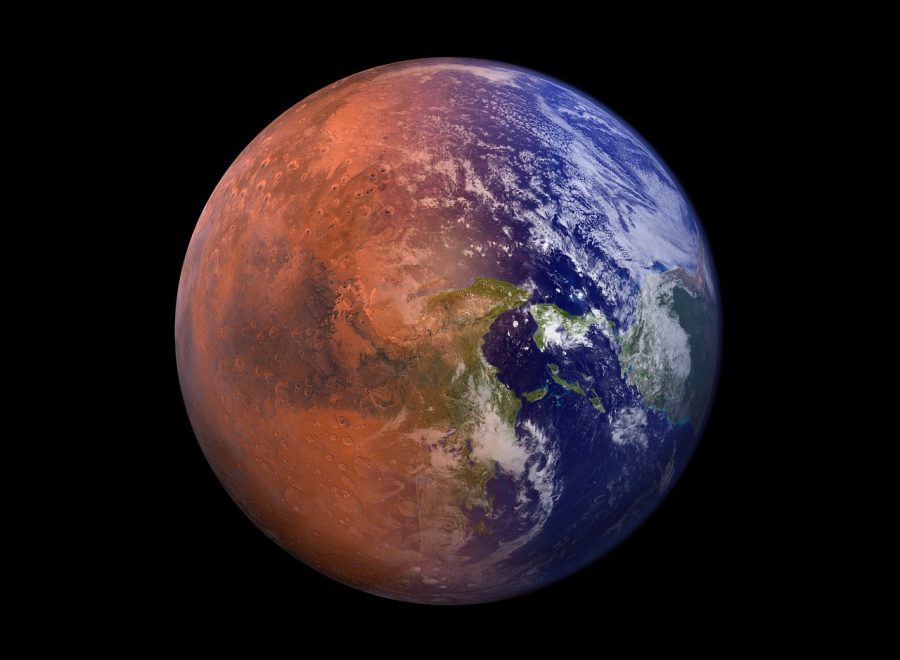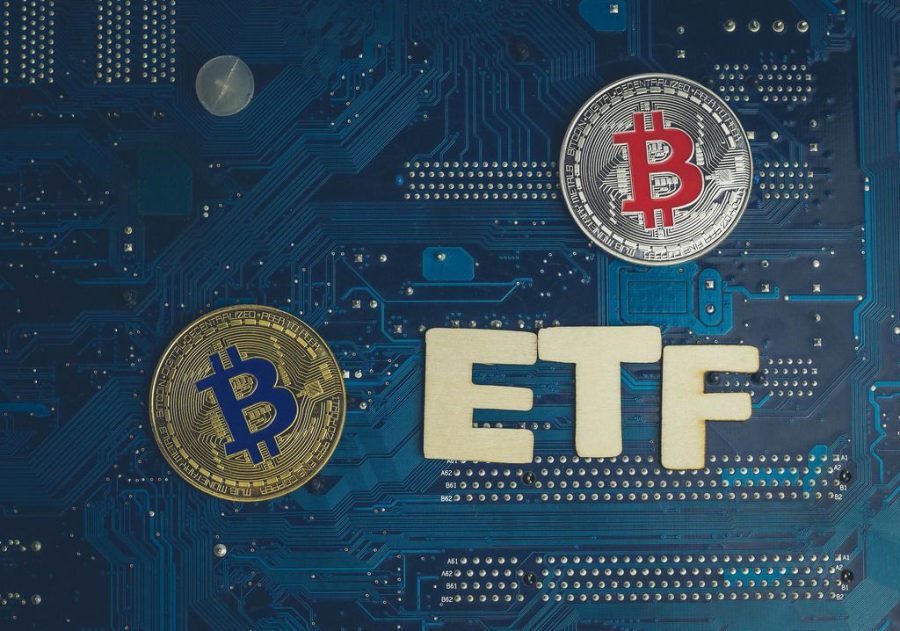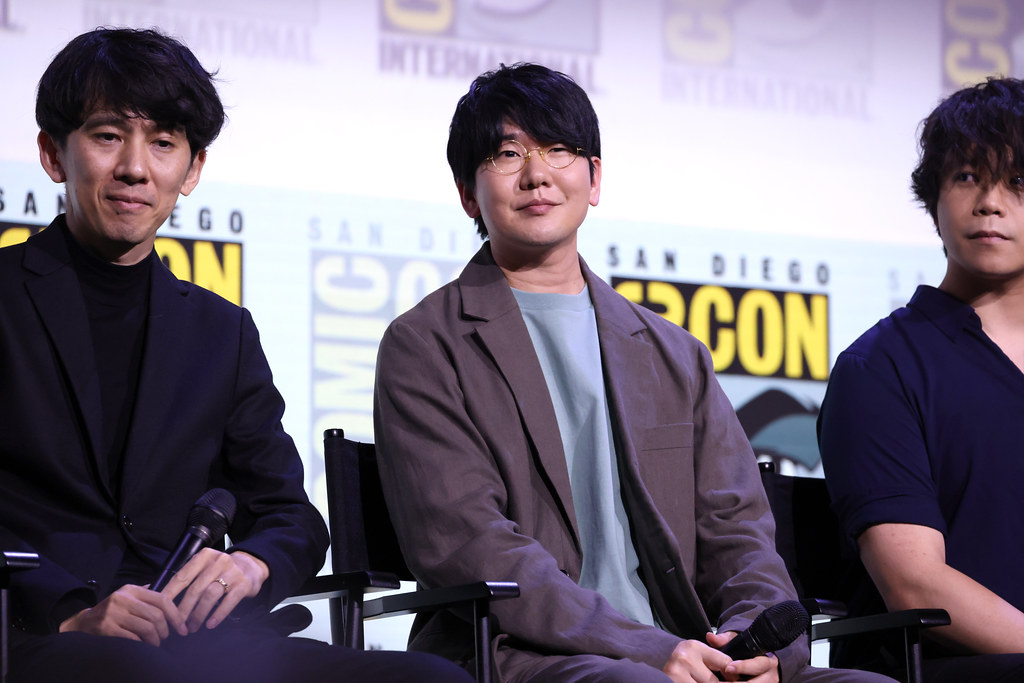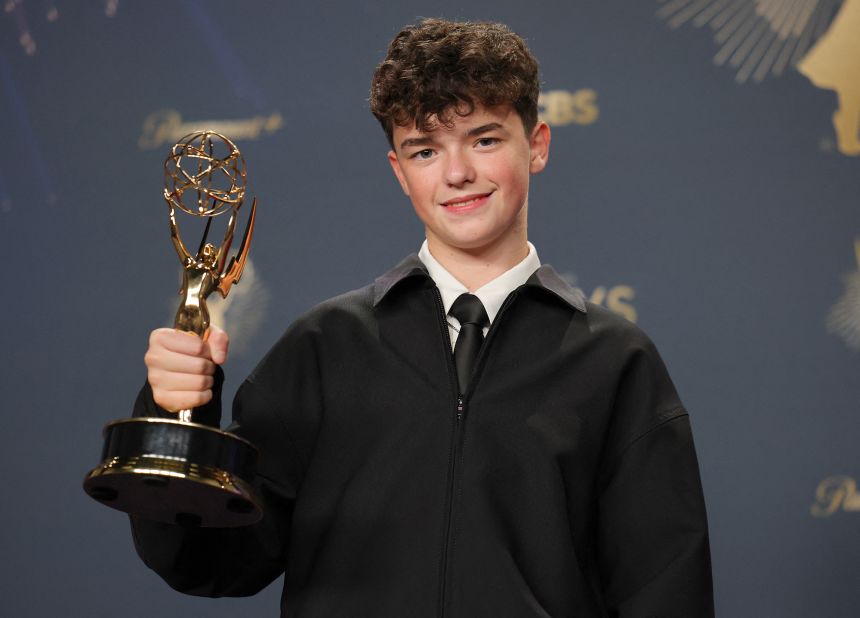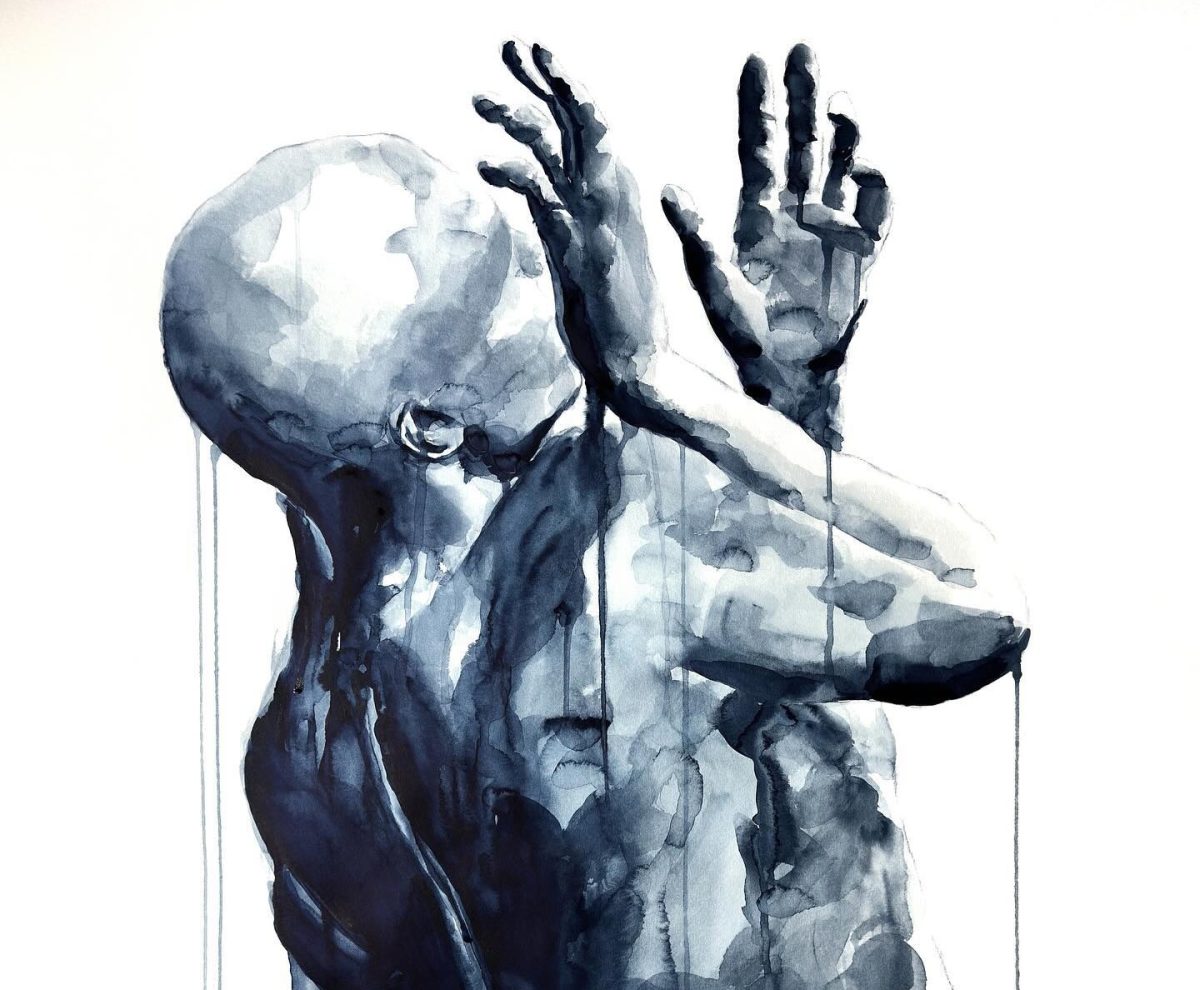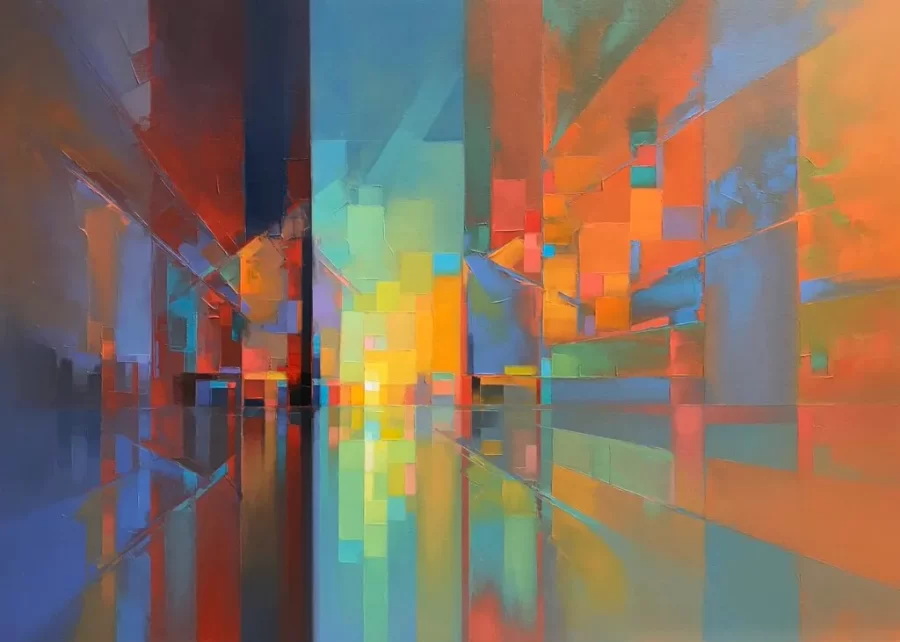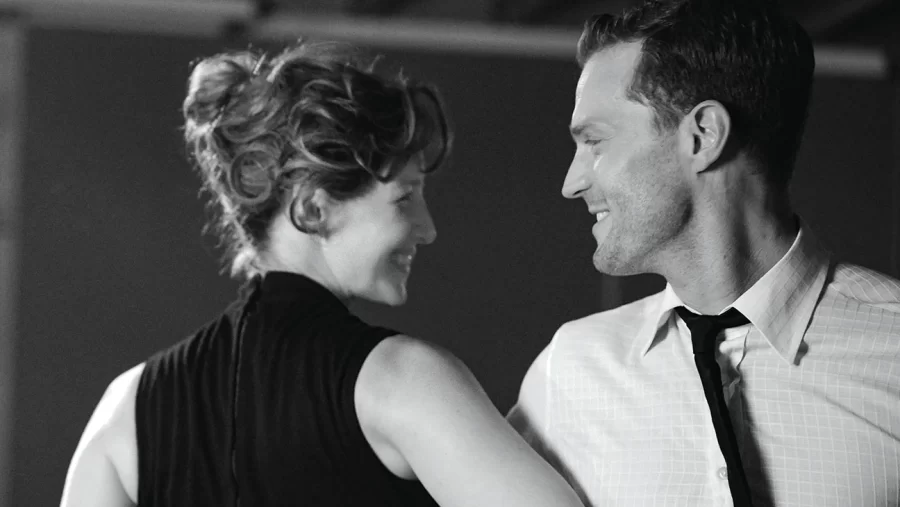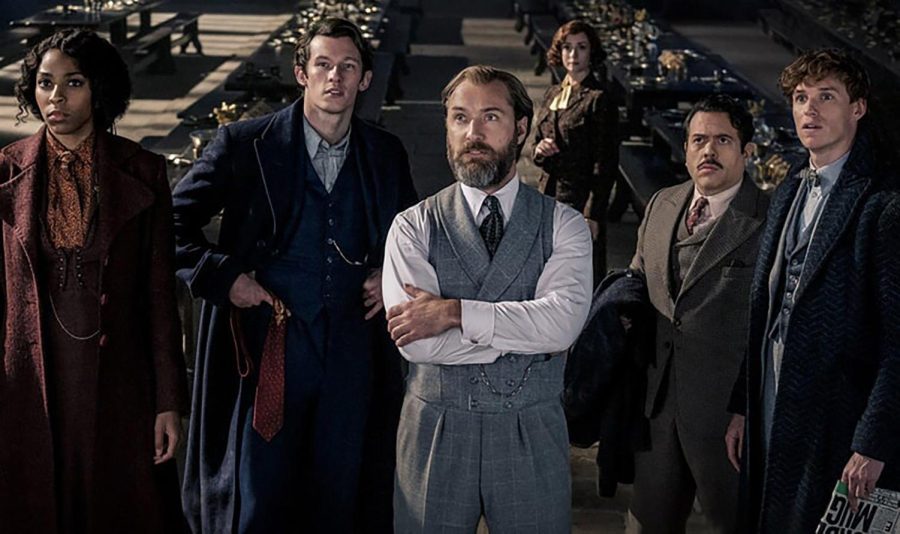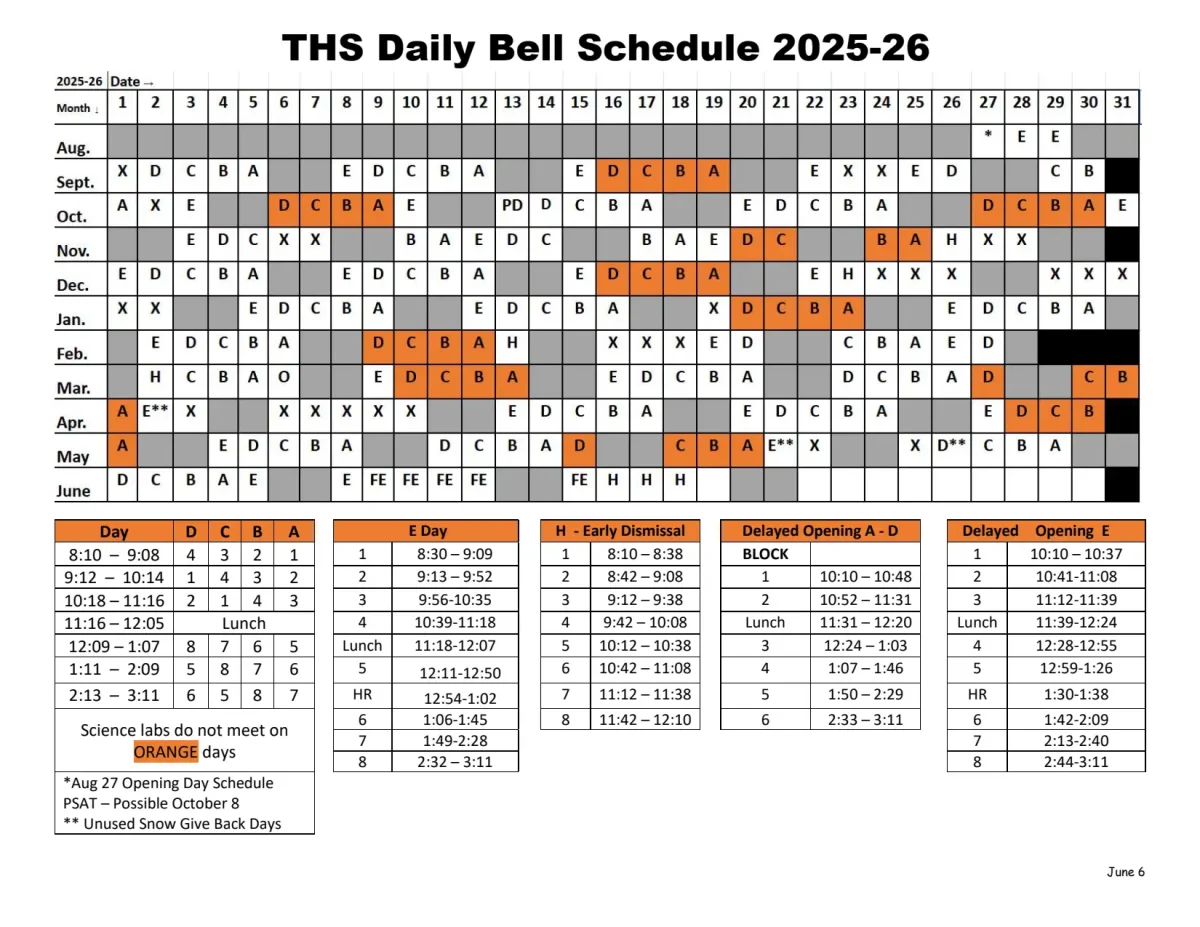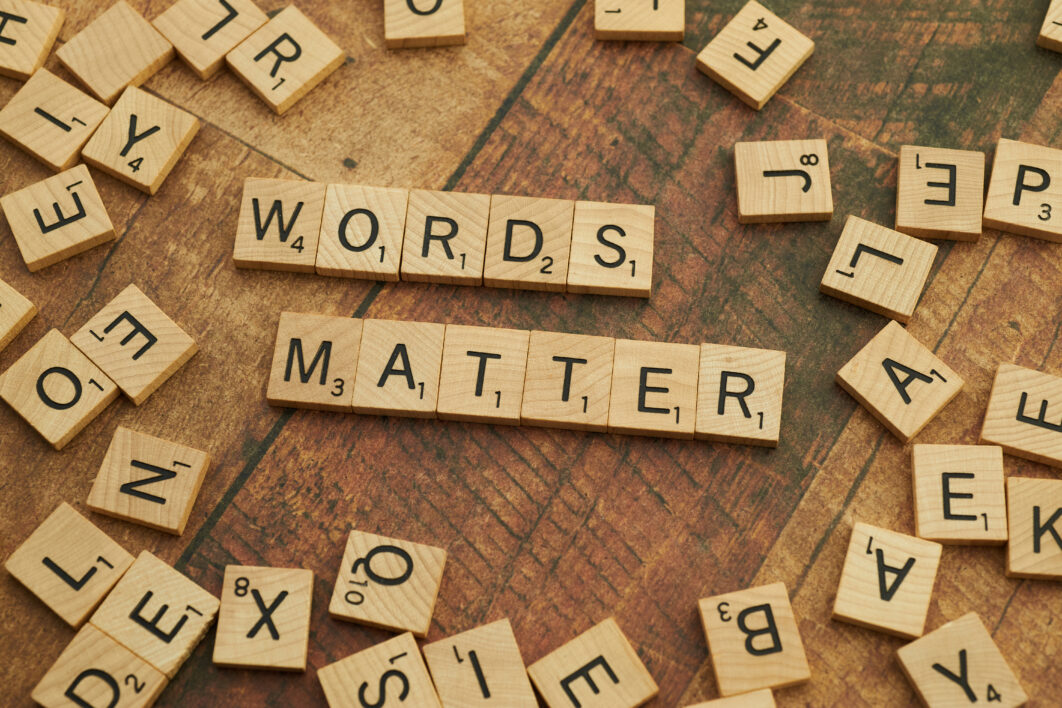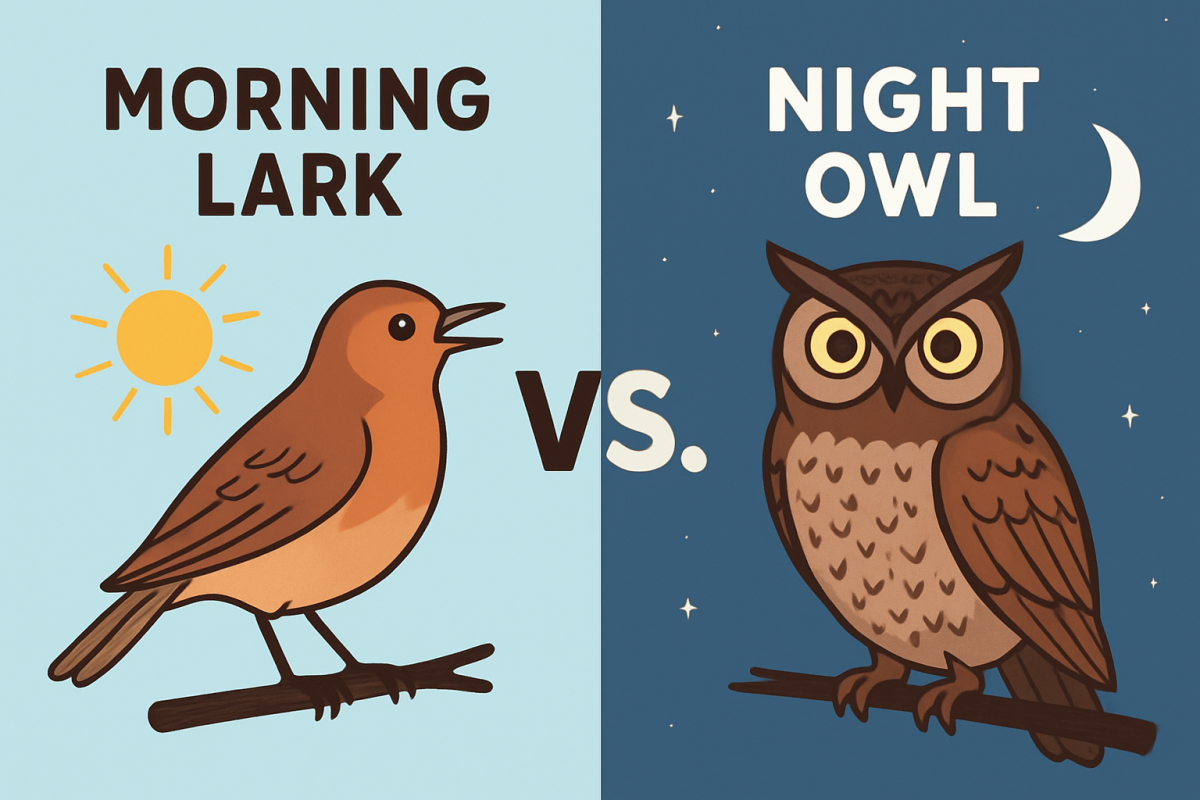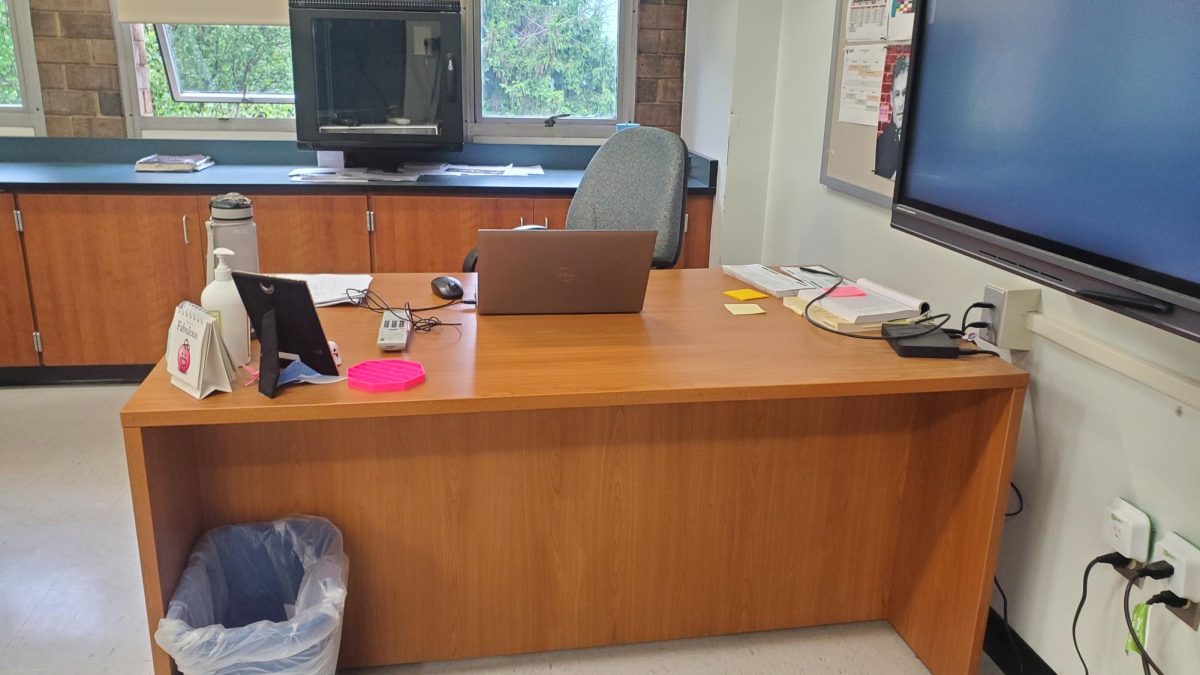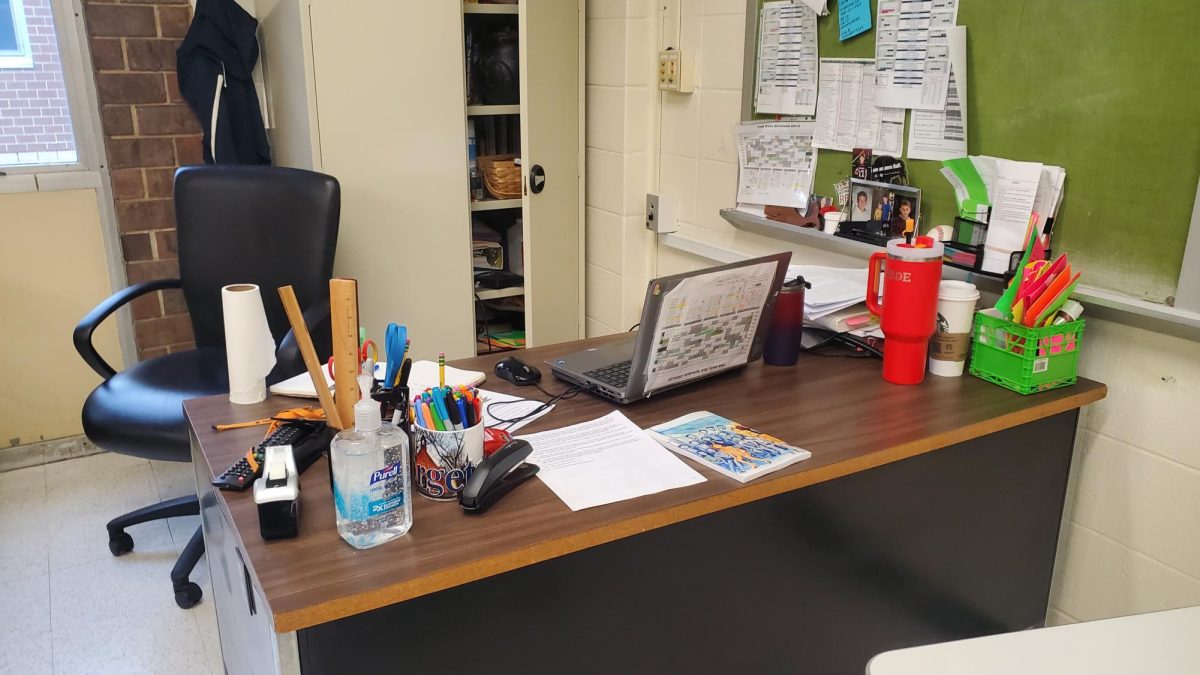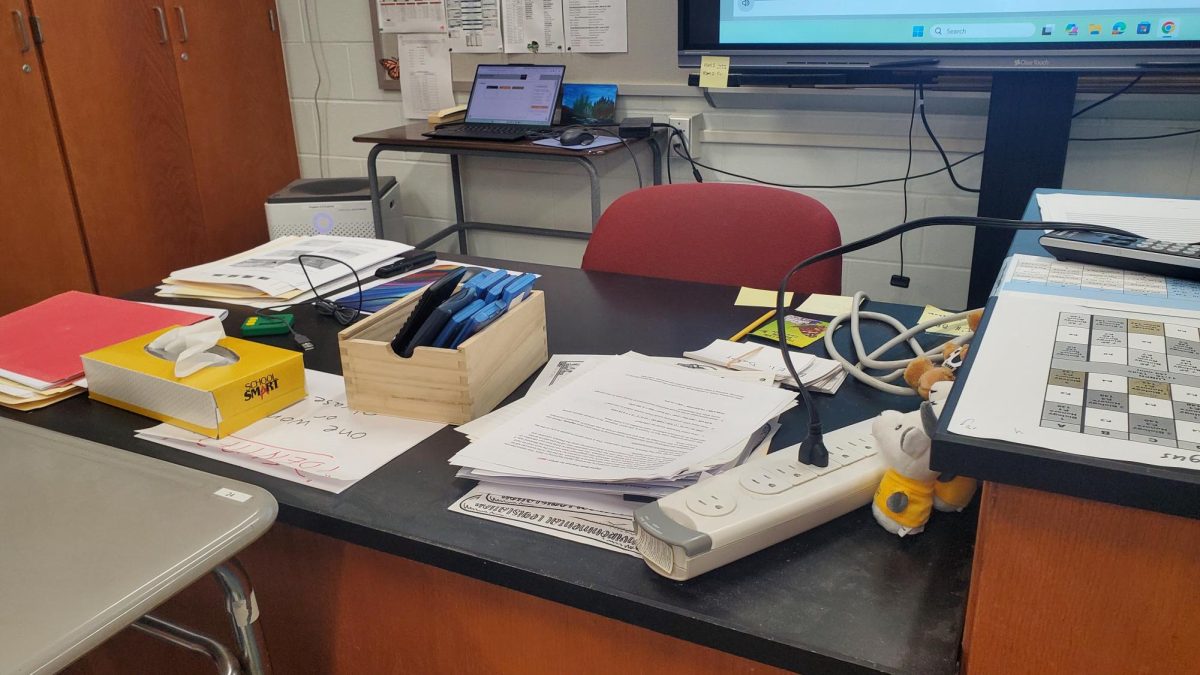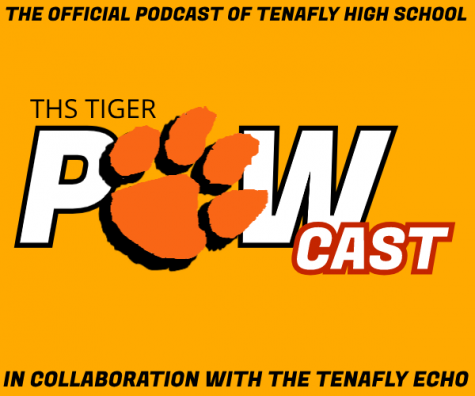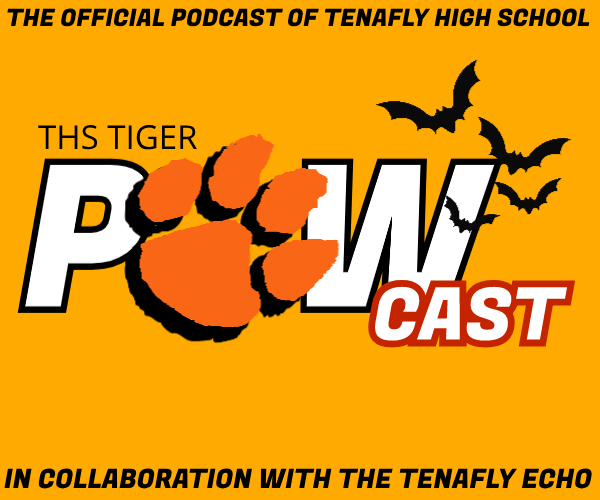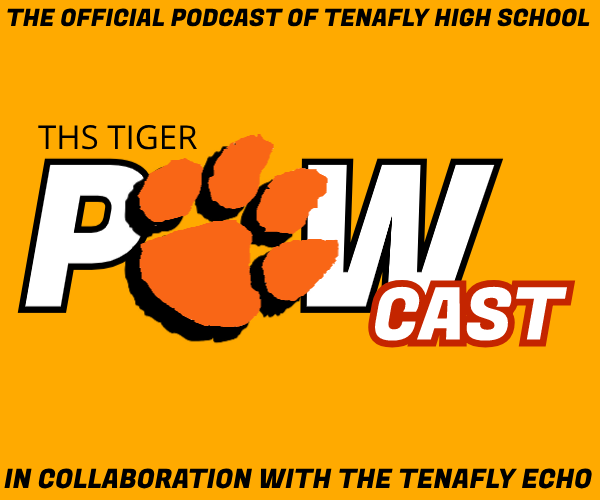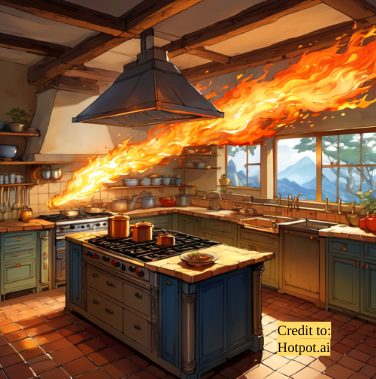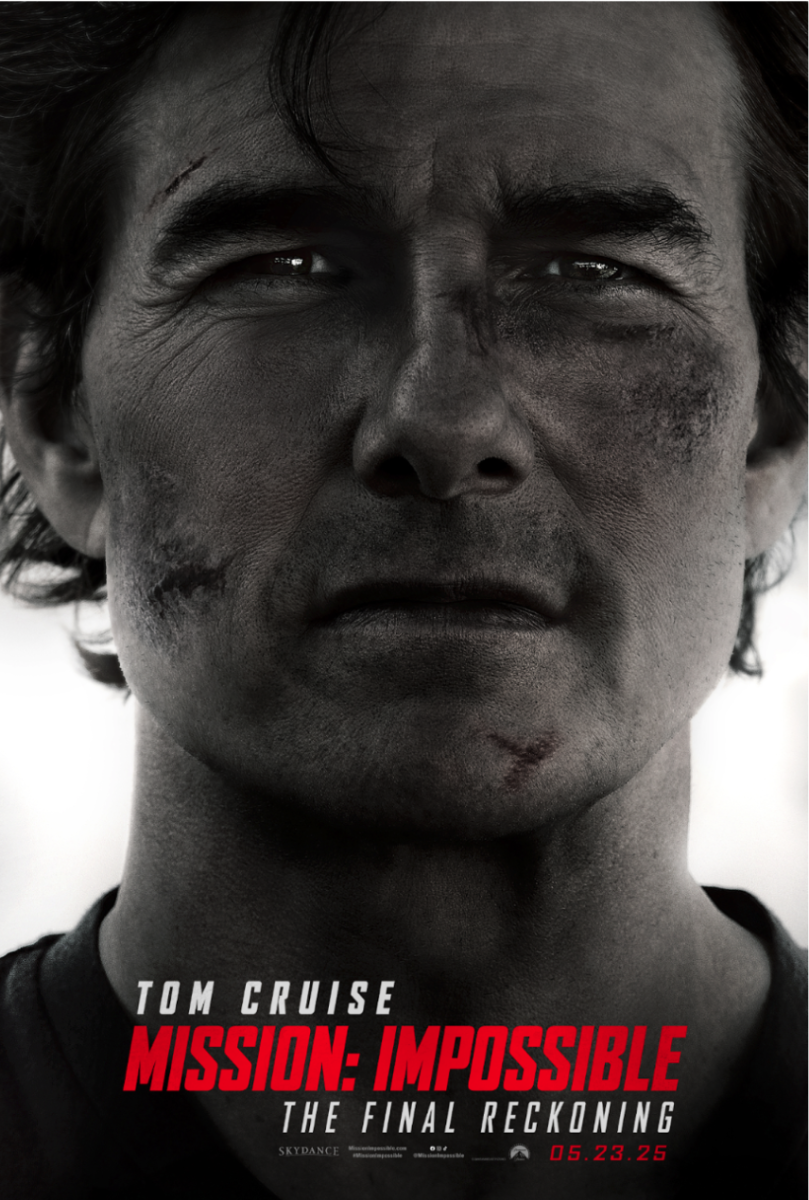First released in Japan on July 18 and in the US on September 12, Demon Slayer: Infinity Castle has quickly become one of the most accomplished animated films of recent years. The movie, a continuation of the Demon Slayer series that aired its last episode in May of 2024, was highly anticipated by the anime fandom. As the final season ended on a dramatic cliffhanger, viewers not only wished to conclude the action-packed and emotionally charged story, but also to see its stunning animation, which captured a global audience and appealed to longtime anime fans and newcomers alike.
Written and illustrated by Koyoharu Gotouge, the manga Kimetsu no Yaiba, known as Demon Slayer in English-speaking countries, is set in 1910s Japan and follows the war between man-eating demons and the human Demon Slayer Corps. The story centers on Tanjiro Kamado, a kindhearted boy who joins the Corps after his family is killed and his sister Nezuko is transformed into a demon in the tragedy. He embarks on a quest to turn her back into a human, a feat that requires collecting blood samples from powerful demons serving the demon king Muzan Kibutsuji.
Infinity Castle begins where season four left off, with Muzan trapping the entire Corps–Tanjiro, his friends, and the Hashira, the most elite of the demon slayers–into his fortress, the Infinity Castle. Controlled by one of his underlings, the castle is a living, shifting space where demons can manipulate the environment at will. This ever-changing and disorienting battlefield creates the perfect stage for the final confrontations between the Hashira and the Upper Moons, Muzan’s strongest lieutenants.
Pushing the boundaries of what animated cinema could achieve, Infinity Castle immediately impresses viewers with its visuals. Ufotable, the studio behind the previous seasons, takes its signature blend of 2D character animation and 3D environments to a whole new level. Additionally, CGI brings the Infinity Castle to life as a dizzying labyrinth that shifts and tilts in the middle of battles. Despite a heavy use of CGI, the film integrates 2D animation seamlessly and avoids the awkward clashes that often occur in modern 3D anime.
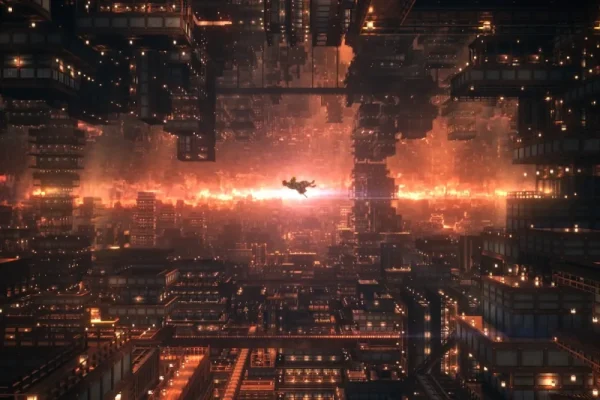
Every fight scene feels alive, fluid, and vibrant, enhanced by dynamic angles and cinematic motion that push beyond what traditional animation usually delivers. Beyond the battles, the animation also strengthens the emotional storytelling aspect, adding weight to revelations and character backstories.
In its two-and-a-half-hour runtime, the movie maintains a carefully controlled pace. Quiet moments before battle, character development scenes, and transitional segments allow the audience to absorb the story and recover from its intense action. This careful rhythm balances tension and reflection, keeping viewers engaged throughout.
The narrative gains further depth from the thoughtful integration of backstories and character arcs. Fight scenes are more than flashy displays of power because they are grounded in personal motivations and emotional stakes. For example, some villains have tragic backstories that show them as complex figures with remnants of humanity beneath their malice. Others are shown to be completely consumed by twisted desires and have no hope of redemption.
For the Demon Slayer Corps, these interludes highlight the personal sacrifices and risks behind their mission. In this final push against Muzan, these elements make Infinity Castle not only an artistic achievement, but also a meaningful conclusion that respects the story that came before it.
Overall, the movie exceeded my highest expectations, even after I learned that it was three-and-a-half years in the making. Watching the final pieces of the anime adaptation come together after the cliffhangers of season four was a surreal experience. The film even drew in viewers who were new to the Demon Slayer saga: according to Michael Xin (‘27), “the movie was still amazing to watch even though I didn’t know much about the story.” He added that “the flashbacks, fight scenes, and detailed animation, from little things like wood splintering, made the experience really memorable.”
Beyond the incredible animation and intense action, what impressed me most was the balance of spectacle and emotional depth. The movie never sacrifices character development for fight scenes, and even minor characters are given meaningful moments that highlight the story’s themes of sacrifice, resilience, and the complexity of their motivations. This combination of plot, emotion, and visual storytelling left me reflecting on how anime and other animated works at this level could rival even the most acclaimed live-action films in its ability to deliver both excitement and satisfaction.
Infinity Castle is more than a conclusion to a beloved series. It demonstrates what passionate and thoughtful storytelling can achieve across mediums and is a huge win for animated production around the world.









